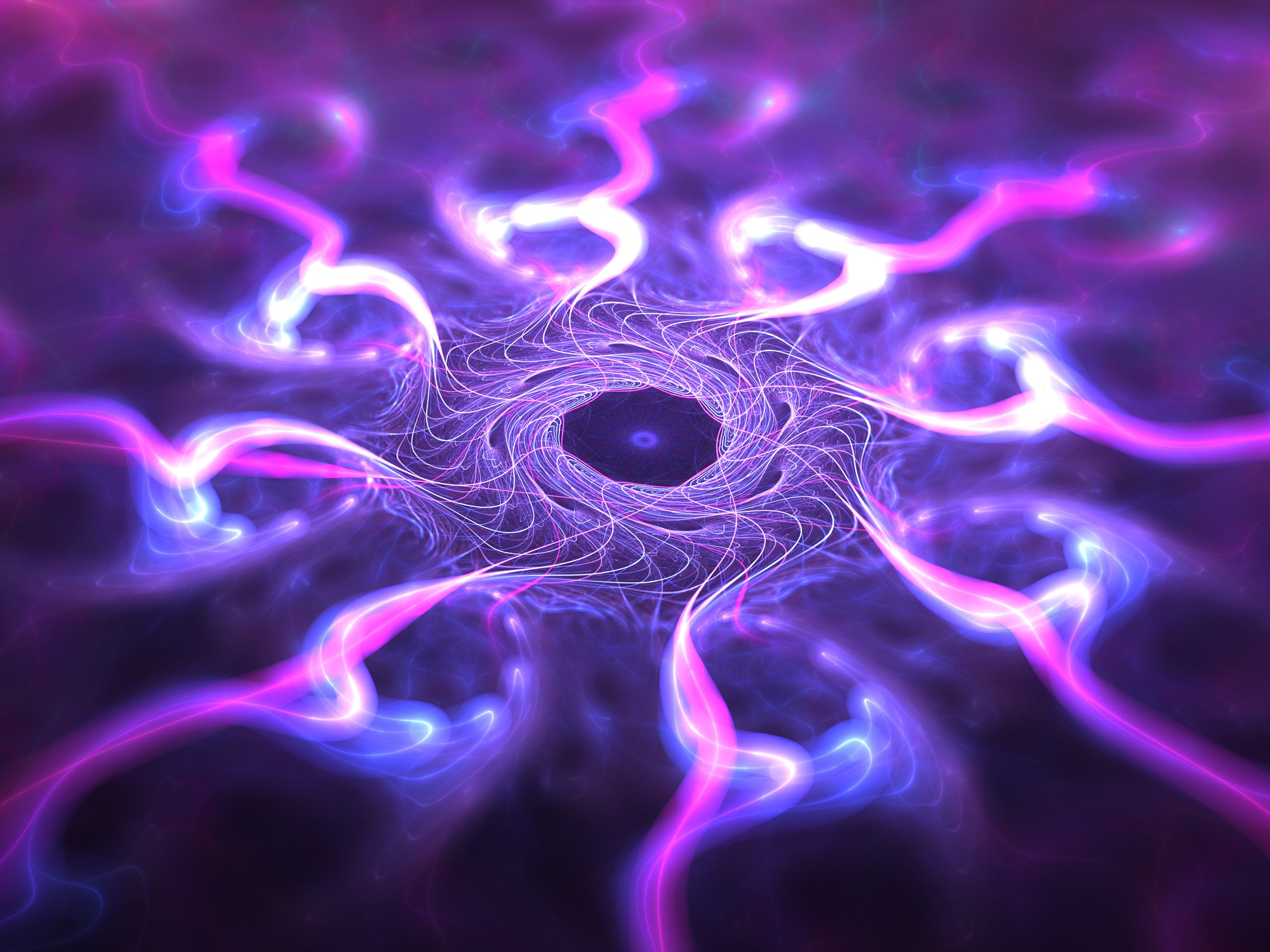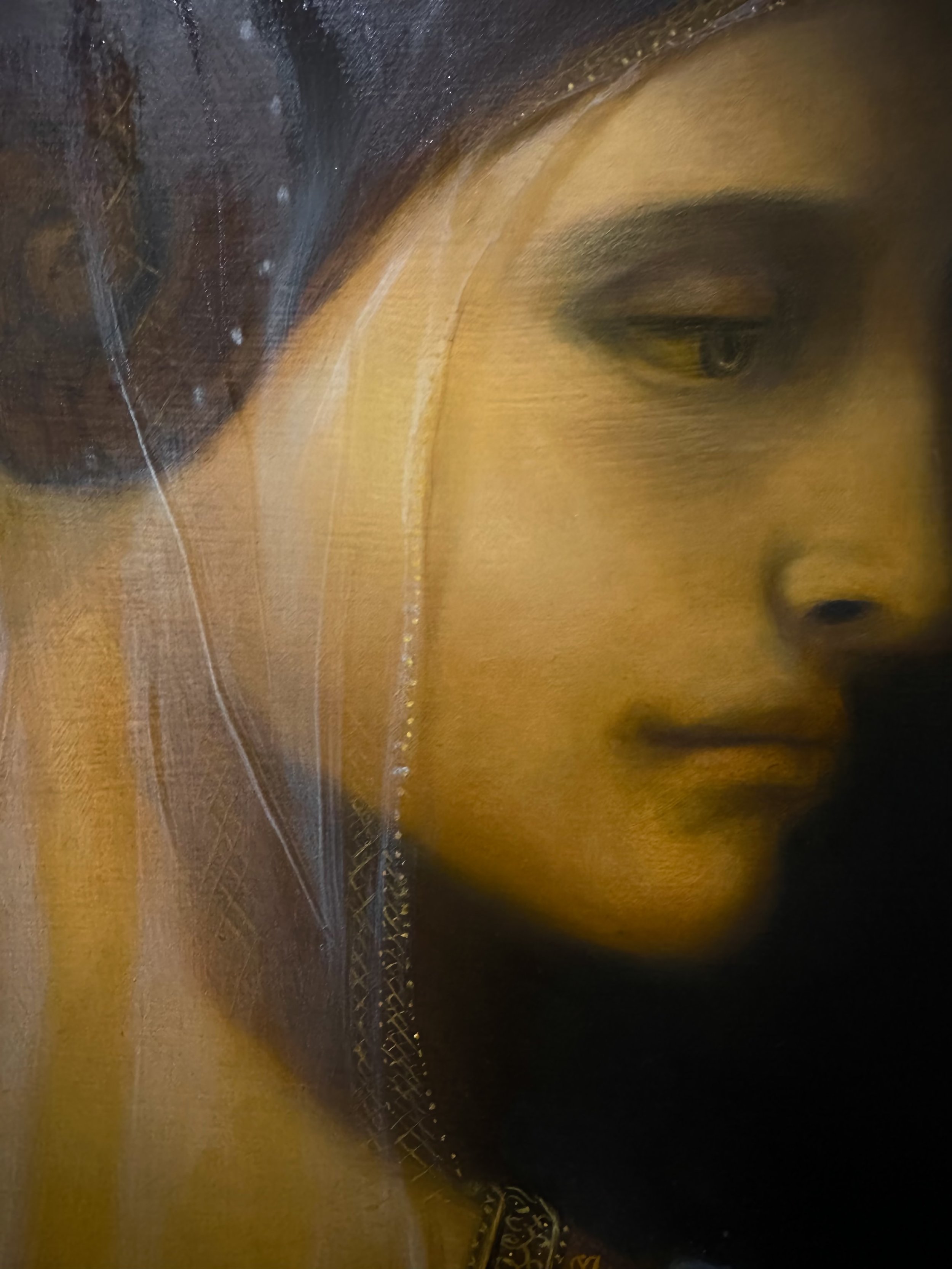The meaning of everything - Part I: Duality in art
Next time you are captivated by a painting, think not only what do your eyes see but where does the image take your mind?
This post is the first of a series that aims to prise open the big questions such as “who are we?”, “what does everything mean?”, even “what is the point in anything?" and use the human race’s ability to create and perceive art as a means with which to try and arrive at an answer. The grandiose and almost intractable nature of these questions has necessitated their breaking down into a series of shorter posts. Over time these will hopefully amount to a volume of work capable if not of answering the questions, at the very least provide a means with which to approach them.
This first example starts by looking at a dualism that is present in art. The thought-provoking fact that somehow, many artworks present to us not only a physical object (pieces of linen, oil, dirt, and sticky resins from trees) that appeals to our visual senses, but something that tells a story. Something that is not physical and we cannot see, but we can only sense inside the cognitive depths of our conscious, subconscious and imagination. I hope you enjoy!
Some preliminary thoughts on the relationship between ontological dualism and art
Next time you are at a museum, look at the other people around you. Most people in 2023 are probably stood taking photos of the paintings on their phones – ignore that. Look at those that are caught in front of a painting for a length of time. What is it about the greatest works that captivate their viewers in an almost otherworldly state of mind? When stood beneath Leonardo’s Virgin of the Rocks or Giotto’s Scrovegni Chapel, do you stand there admiring only the colours, the shapes, and the brushwork? Or is there something else? Where does your spirit and your mind wander in this moment of meditation? Below I outline some emerging thoughts on the transportive nature of art and how it is that the greatest works seem to provide a passage to another realm. Not a physical one, you are after all still stood beneath the image, but rather a subjective, spiritual one, between you and something that transcends the oils and pigments.
Great masters, Michelangelo, Rembrandt, Vermeer, and Van Gogh for example, are designated great because they were able skilfully to capture the essence of the human experience, depicting both the physical and (more importantly) spiritual realms with remarkable effect. Beneath the layers of paint, a duality seems to linger, a duality that transcends the mere brushstrokes and physical presence of the painting. When at work, the artists, much like the viewers, grappled with the dichotomy of the tangible and intangible, the visible and invisible, the material and immaterial. With brush in hand, they are not only deliberating a touch of brown here, or another line over there, they are grappling with the very creation of something new, something metaphysical, something in the subjective minds of their being. A character, a feeling, or a story. They are trying to convert this seemingly intangible entity into something that can exist in the physical world – such that it can be shared with and communicated to others. It is in this inherent dualism, the convergence of metaphysical artistic intention with the physical building blocks of visual art that beckons the beholder to ponder the nature and mysteries of existence. It traps them in a rich tapestry of story, thoughts, and emotion and communicates with them directly – since this dualism is intrinsic not only in the painting but in the viewer too.
The concept of ontological (or cognitive - see below) dualism can shed some light on the nature of artistic expression and how, through visual perception, it affects us. I believe art serves not only as a visual representation of the world and our feelings, but also as a window into the inner workings of the human mind, both of the viewer (the individual) and the collective. It is both a window in and mirror back out. Art somehow bridges the gap between the physical and the metaphysical, capturing the tangible and the intangible aspects of reality in a single space at a single moment in time, often physically in nothing more than linen, oil, and dirt.
In this sense, artists create a conduit, translating subjective experiences into objective forms, and inviting the viewer to partake in a dialogue of perception that transcends the material world. Through this dualism, art becomes a vessel for exploring the intricate interplay between perception, emotion, and cognition, and can, I believe, help to unravel the complexities of human consciousness, and offer insights into the mysteries of the human condition.
It could be argued that the very fact that the human race is capable of such artistic feats – the music of Bach, the frescos of Giotto and panels of Raphael, provides the evidence for the presence of dualism in our own experience. That is, without it being intrinsic to our very selves, we would not be able to infuse our own creations with it. Logically, if the creator does not instil this property into their work, then who or what does?
Paintings that are dead, that do not glow with intrigue and purpose seem to lack the spiritual half of the dualism. Although physically present in the visual experience of the viewer, they are completely absent to the perception of the viewer’s soul. These are the paintings, often devoid of truthful thought and artistic skill (although not always the case) that find themselves frequently passed by observers in galleries and on museum walls. They are often looked at but are infrequently seen.
Ontological or cognitive dualism?
Much of what I have started to develop above is treating this dual nature of art as an ontological dualism. That is, we consider a human being (or a piece of art) as comprising two parts. The object (flesh and blood) and the other “special” part; the part that we talk to when addressing one another - I am assuming here you do not feel as though you are merely talking to a bag of flesh and blood when talking to your closest friends! The “I” and the “you” as it were, rather than the “it”. The position of ontological dualism is that these two separate parts are just that - two completely independent components that can exist freely of one another. It just so happens that at a given moment, they are in the same place at the same time. The position suggests that there must exist a world, or a space, in which the objects live and another separate world in which the special, non-physical parts live.
Cognitive dualism on the other hand, as espoused by Roger Scruton in much of his theological work, tells us that there is no need to split the human being or the artwork into these incommensurable parts. Rather, that they exist as a whole and it is us, the person, that merely “perceives” or behaves as though there are two parts presented before us. We are not looking at special types of objects, but rather objects to which we respond in a special way.
One of the difficulties that we need to address, is that if some things are indeed made up of two incommensurable parts - where (in time and space) are the special parts found and what are they? Without a satisfying explanation to these questions, it is difficult to argue that they exist at all. Whether art truly comprises an ontological dualism or a slightly tamer cognitive one, I shall treat and discuss in its appropriate time and place, given some more time to ponder the subject. But suffice to say, for now, there is something clearly much deeper in front of us when we stand beneath a masterpiece. Something that transcends the mere colours and shapes that a physical explanation might offer and something more than the chemical composition of the pigments that a scientific one would offer.
Where is this heading?
Over the coming months I intend to develop the thesis of cognitive and ontological dualism in art to its full. There are some inroads to be made by bringing in new interpretations of concepts such as Plato’s Allegory of the cave and the Penrose-Lucas argument, which (I think) come together to form a philosophical framework with which to begin understanding the human condition through our experience of art. Who we are and what our purpose might be, I believe, can be found by trying to work out why we behave in the funny ways that we do. After all, what is more bizarre than spending hundreds of hours carefully spreading pieces of ground up dirt over a plank of wood and then hanging it on a wall for others to stand under? What must the cats and dogs think!?
On a serious final note, it goes without saying that this is a tricky topic, yet a fulfilling and arguably a fundamentally necessary one, so I look forward to welcoming you to the next post in this series soon.
As always, I’d love to hear your thoughts, so do leave any questions and comments below. Thank you to all of you that have reached out regarding previous posts!
Until next time.
Angus



